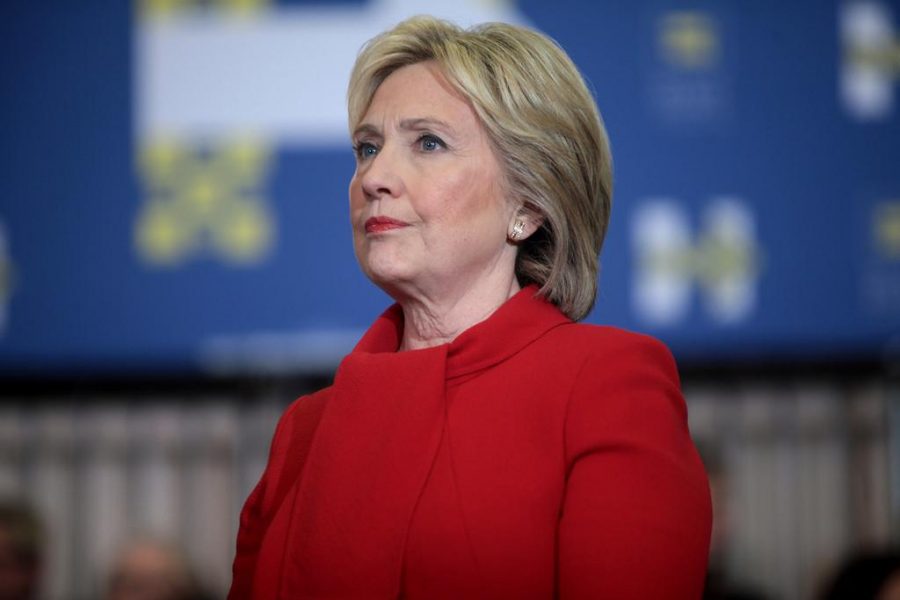If there’s one thing that’s certain about the presidential election on November 8, it’s that until then we will be bombarded by public opinion polls. Those who are interested in the election naturally want to find out who will win, but this can be hard because many pundits wants to spin the polls as being in favor of their candidate. If you’re an undecided voter sick of all the politics surrounding public opinion polling, don’t fear. There are ways you can sort through the noise and get an informed picture of the election for yourself. To help you make this informed choice, I want to cover three common misconceptions about polls and the way they’re covered in national elections.
First, not all polls are created equal. A poll is supposed to use a group of people to tell us about voters as a whole, but not all polling methods do that. To actually give us an idea of who will win the election, a poll must select its participants randomly — this ensures that there is no bias supporting one candidate’s supporters or the other. If a poll’s respondents are not selected in a truly random way, it doesn’t tell us about how people will actually vote in November. Online polls are an example of a notoriously imprecise polling method since they collect data from those who voluntarily choose to respond after already visiting a specific website.
Second, even the most rigorous and well-conducted polls might reach different conclusions about their data. A national election isn’t easy to predict. In addition to the randomness that separates people who responded from actual voters, there is also the chance that many who respond to the surveys will neglect to actually vote on election day. Pollsters therefore use a variety of methods to anticipate this, sometimes giving certain responses more or less weight because of the unpredictability of voting behavior. The New York Times demonstrated this by giving four pollsters the same set of raw data they used in a recent poll; all but one pollster came up with a different result.
For example, the USC Dornsife/L.A. Times poll, notable for going against the grain by typically showing a Donald Trump lead, uses more extensive weighting and also estimates turnout by gauging how confident each voter is in their selected candidate. Their use of voter confidence to determine likely turnout is somewhat unique among polling, explaining why it often diverges from other polls. This method isn’t inherently right or wrong. Their data is one tool among many in helping us parse the uncertainty and get an idea of what will happen on election day.
This is why many commentators only make modest predictions based on a large amount of data, to minimize the possibility that they might be wrong. Even Nate Silver, a statistician who gained fame in part by predicting 50 out of 50 states correctly in the 2012 presidential race, aggregates data from many polls and does not predict with any extreme degree of confidence. Even though his website FiveThirtyEight’s comprehensive election forecast currently shows Hillary Clinton with a large lead, they only list that lead as being by about 86 precent. In other words, if you ran the election 10 times under the same conditions, the forecast would still give Trump a good chance of winning one of those times.
The most important thing to keep in mind about polling, then, is that it is just a tool to cast certainty on something that has historically been hard to predict. We can make the most sense of polls by looking at as many as possible and considering their many unique factors. Even that method isn’t perfect. So, you should have skepticism whenever someone tries to tell you the election will certainly go one way or the other. Those who poll for a living stop quite short of that claim.


